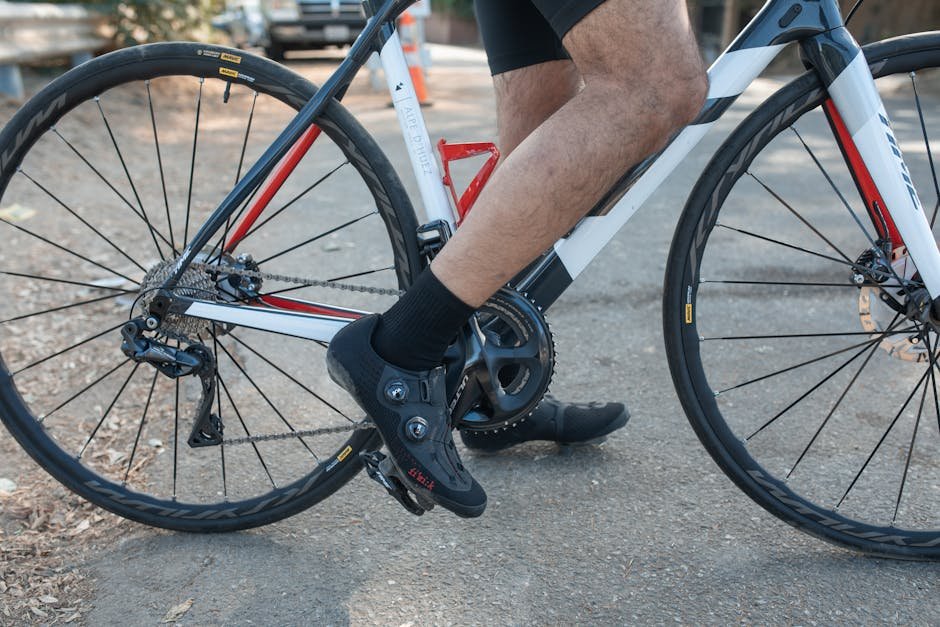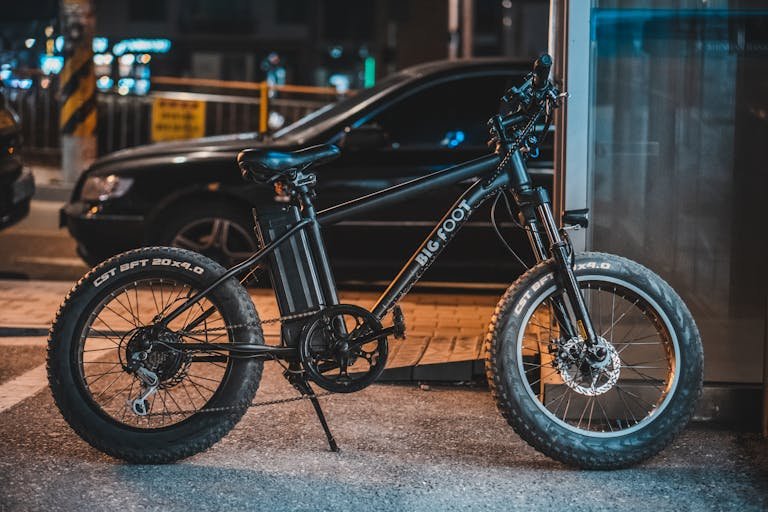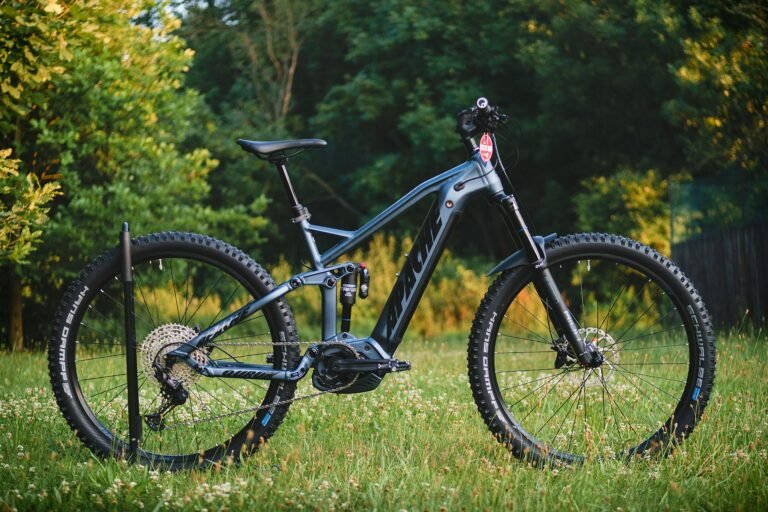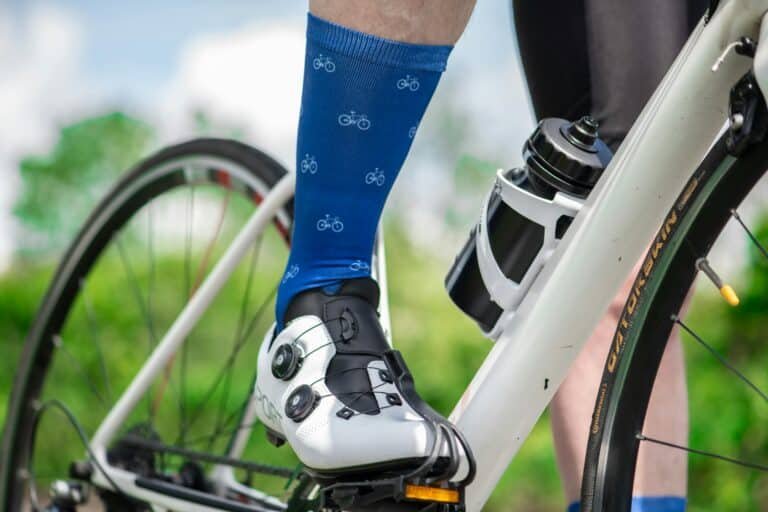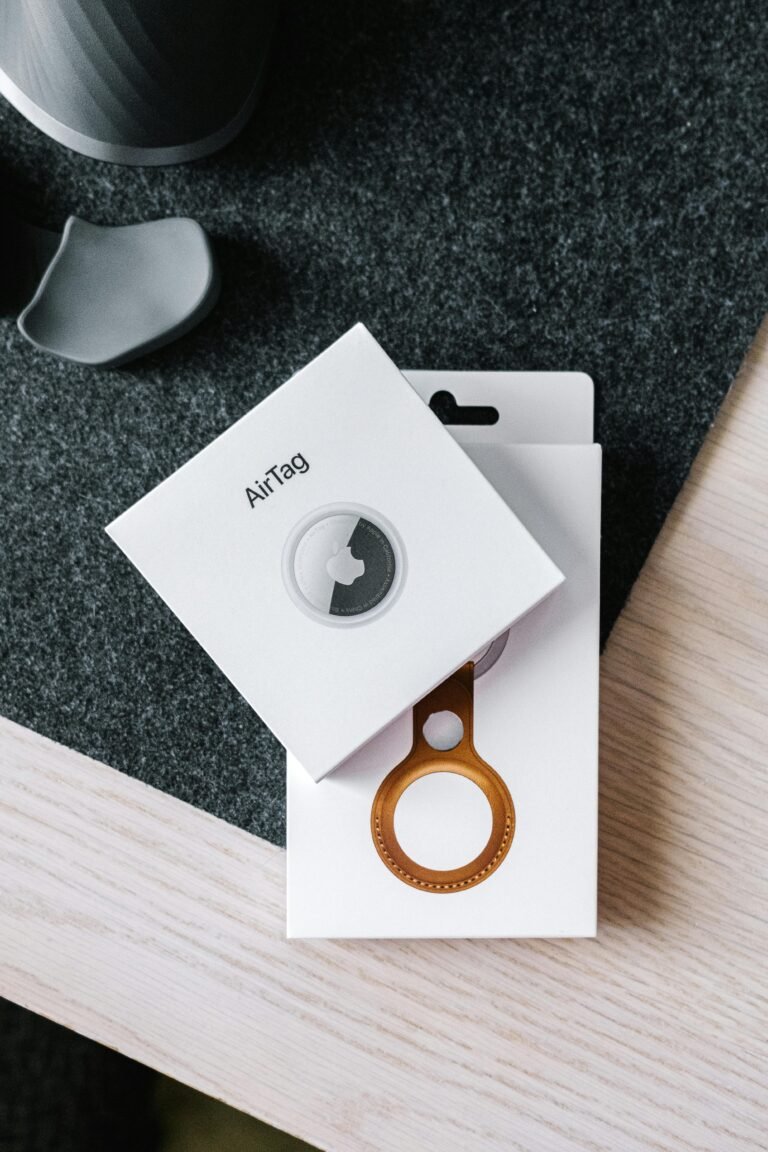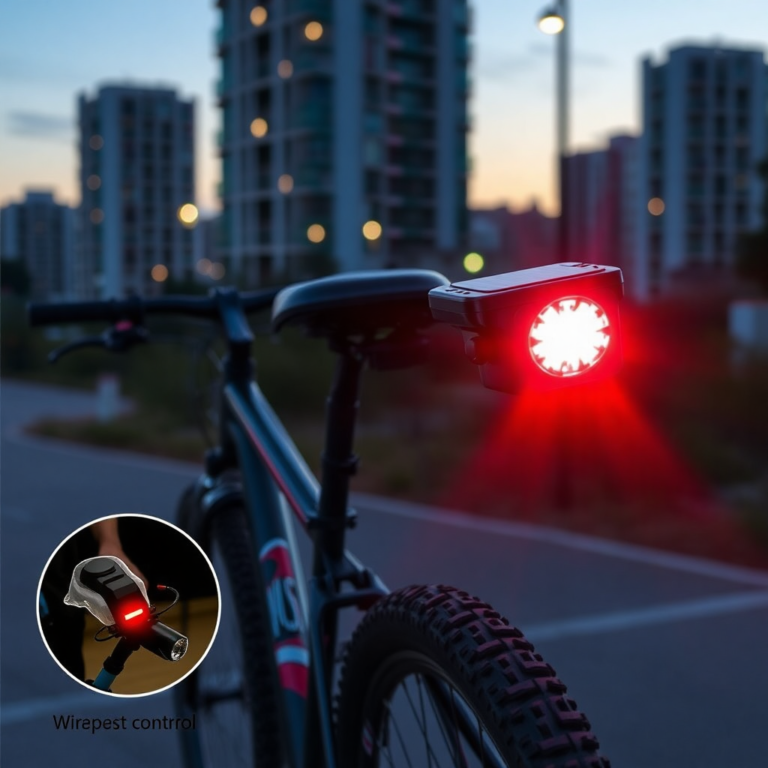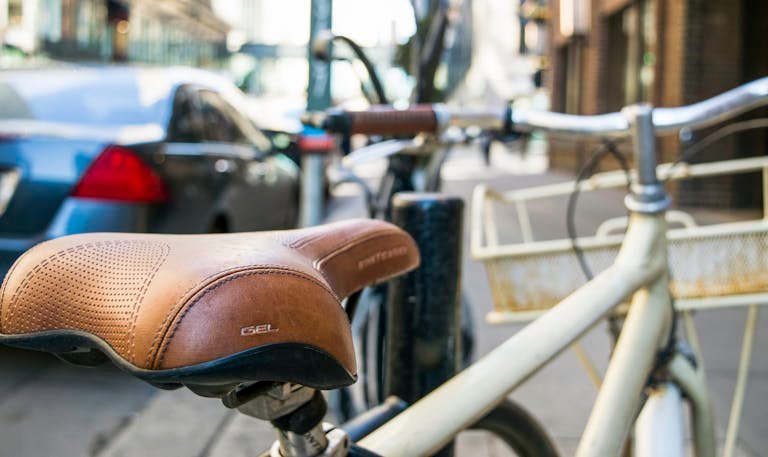How to Ride Clipless Pedals: A Beginner’s Guide to Cycling Clipped In (2025)
I’ll start by admitting everyone falls at least once with clipless pedals! While it’s a common belief, it doesn’t have to be true. I’ve discovered that proper preparation prevents those dreaded “clipless moments.” Interestingly, studies show that riders who practice proper technique before hitting the road have a 90% lower chance of falling. Let’s get you clipping in and out with confidence!
Understanding Clipless Pedal Basics: A Complete Guide
Let me share my journey with learning how to ride clipless pedals. When I first started, I was totally confused about why they’re called “clipless” when you actually clip into them!
Why They’re Called “Clipless” (Despite Clipping In)
Learning how to ride clipless pedals starts with understanding their history. The name comes from the fact that they replaced old-school toe clips and straps. I remember being so confused by this terminology when I first started! These awesome modern systems use a cleat-based mechanism instead of those traditional “clips.”
Key historical points about clipless pedals:
- Replaced traditional toe clips and straps
- Revolutionized cycling in the 1980s
- Created by LOOK using ski binding technology
- Changed how we think about pedaling efficiency
Different Types of Clipless Systems Explained
When I started learning how to ride clipless pedals, I realized that choosing the right system is crucial. The two main types are road and mountain bike systems, but there’s more to it than that.
Common clipless pedal systems:
- SPD: Recessed cleats, great for beginners
- SPD-SL: Wider platform, more power transfer
- LOOK: Traditional road cycling choice
- Speedplay: Double-sided entry
Common Terminology and Jargon Decoded
Learning how to ride clipless pedals comes with its own vocabulary. I remember being totally lost when someone told me to adjust my “float” – I had no idea what they were talking about!
Essential clipless pedal terms:
- Float: Cleat rotation freedom
- Tension adjustment: Release force
- Stack height: Pedal-to-foot distance
- Engagement mechanism: How cleats connect
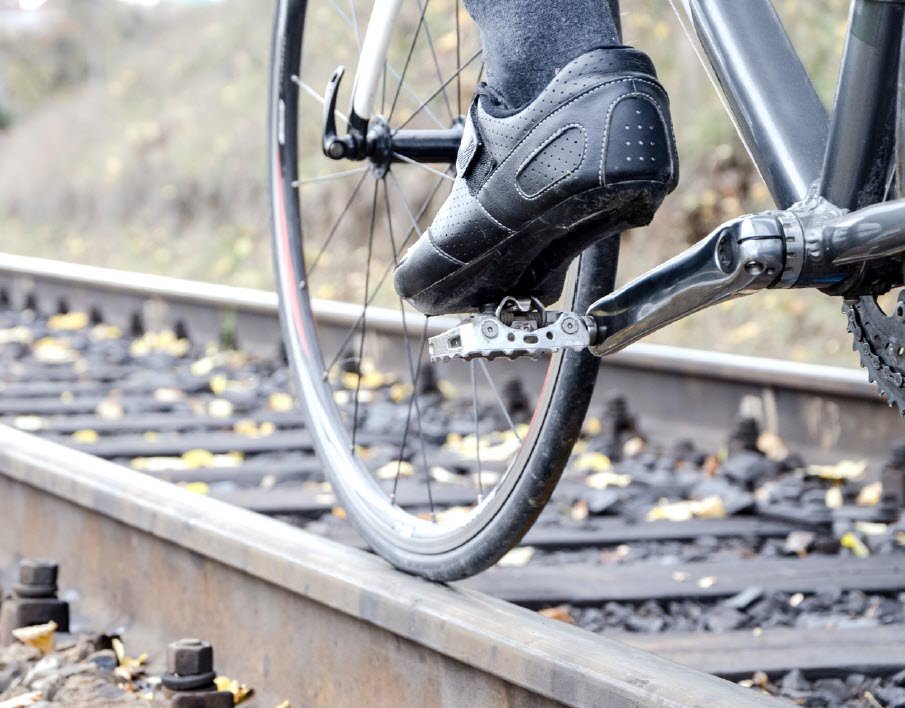
Benefits of Riding Clipless vs. Flat Pedals
The power transfer is amazing, and once you get used to them, you’ll never want to go back to flat pedals. I’ve seen firsthand how they can transform someone’s cycling experience.
Major advantages:
- Better power transfer through full pedal stroke
- Improved foot position consistency
- Enhanced control in rough conditions
- More efficient pedaling technique
Remember, learning how to ride clipless pedals takes patience. Start practicing in a safe environment, like a doorway or trainer, before hitting the open road. Trust me, we’ve all had that awkward slow-motion fall at a stoplight – it’s practically a cycling rite of passage!
Essential Setup Steps for Clipless Pedal Success
Learning how to ride clipless pedals starts with proper setup. I can tell you that getting these basics right makes a huge difference in your comfort and confidence.
Proper Cleat Positioning and Alignment
Setting up cleats correctly is crucial when learning how to ride clipless pedals. Here’s what I’ve found works best for most riders.
Essential cleat setup tips:
- Start with cleats under ball of foot
- Mark current position before adjusting
- Check for left/right symmetry
- Allow 1-2mm adjustment period
Tension Adjustment for Beginners
When teaching someone how to ride clipless pedals, I always start with the lowest possible tension. You can totally increase it later as you gain confidence.
Tension setup guidelines:
- Start at minimum tension
- Practice clipping in/out while stationary
- Gradually increase as confidence grows
- Test in safe environments first
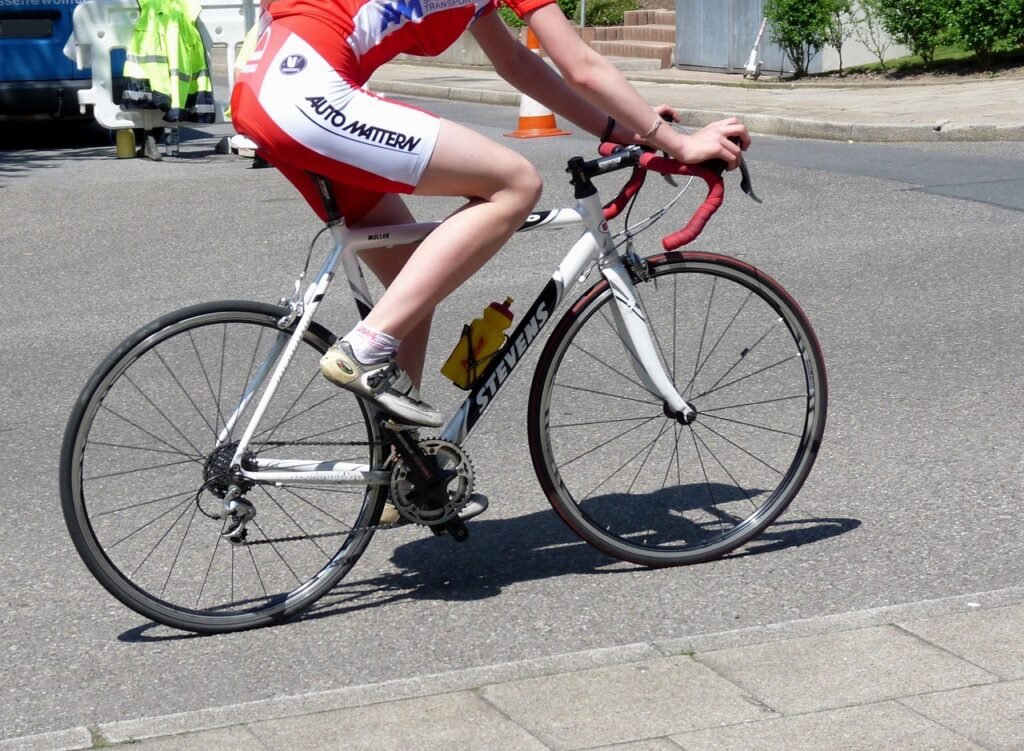
Bike Fit Considerations with Clipless Pedals
Learning how to ride clipless pedals might require some bike fit adjustments. I’ve noticed that seat height often needs a slight tweak when switching from flat pedals. The solid connection to the pedal can change your effective leg length.
Key fit adjustments:
- Check saddle height
- Evaluate fore/aft position
- Consider stack height differences
- Monitor knee alignment
Float Settings and Why They Matter
Understanding float is super important when learning how to ride clipless pedals. Float refers to how much your foot can rotate while clipped in. I usually recommend starting with more float as you’re learning – it’s more forgiving on your knees.
Float considerations:
- More float for beginners
- Less float for experienced riders
- Adjust based on knee comfort
- Consider riding style
Remember, that learning how to ride clipless pedals is a journey that takes time. Don’t rush the setup process – it’s totally worth spending extra time getting everything dialed in properly. Your knees will thank you later!
Learning to Clip In and Out: A Beginner’s Guide
I’ve developed a foolproof method for mastering this essential skill. Let me share some solid tips that’ll help you avoid the common “first-timer fall” that we all hate.
Step-by-Step Clipping Technique
Learning how to ride clipless pedals starts with mastering the basic motion. You should practice this in a doorway or next to a wall. First, you’ll want to position the pedal at 2 o’clock, then hook the front of your cleat and press down – it’s like squishing a bug with your toe!
Basic clipping steps:
- Find the front catch with your cleat
- Push forward and down
- Listen for the click
- Gentle pull up to confirm engagement
- Practice both sides equally
Common Mistakes to Avoid
When teaching people how to ride clipless pedals, I see the same mistakes over and over. The biggest one? Looking down at your feet instead of ahead. Trust me, your muscle memory will develop faster if you focus on the feeling rather than the visual.
Typical beginner mistakes:
- Rushing the learning process
- Starting with high tension
- Forgetting to unclip before stopping
- Panicking at traffic lights
- Looking down too much
Practice Drills for Building Muscle Memory
Want to know the awesome thing about learning how to ride clipless pedals? The right drills can speed up your learning curve dramatically. Before you know it you’ll be hitting the trails like a pro!
Essential practice drills:
- Track stand practice
- Slow-speed figure eights
- Emergency stop simulations
- One-foot pedaling drills

Emergency Release Techniques
Here’s something totally important about learning how to ride clipless pedals – you need to master emergency releases. You can practice this by unclipping quickly while riding slowly on grass.
Emergency release tips:
- Twist heel outward firmly
- Keep your motion decisive
- Practice both feet
- Stay calm under pressure
Remember, learning how to ride clipless pedals is like learning to drive stick shift – it feels awkward at first, but soon becomes second nature. Take your time, practice in safe spaces, and before you know it, you’ll be clipping in and out without even thinking about it!
Safety Tips and Best Practices for Clipless Success
I’ve developed some pretty solid safety guidelines. Let me share what I’ve learned about staying safe while making the transition from flat pedals.
Pre-ride Safety Checks
Before every ride with clipless pedals, I perform a quick safety check. When learning how to ride with clipless pedals, these checks become crucial.
Essential safety checks:
- Cleat bolt tightness
- Pedal tension settings
- Cleat wear inspection
- Pedal spring mechanism
- Shoe-cleat interface cleanliness
Starting and Stopping Techniques
Learning how to ride clipless pedals safely means mastering starts and stops.
Key starting/stopping tips:
- Clip in dominant foot first
- Always unclip well before stopping
- Keep one foot clipped in when stopped
- Position pedal at 2 o’clock to restart
- Look ahead, not down
Traffic Situation Management
Managing traffic while learning how to ride clipless pedals requires extra attention. I always think unclip early when approaching any situation that might require stopping.
Traffic safety strategies:
- Unclip early at intersections
- Stay clipped in when moving
- Plan stops in advance
- Choose quiet roads for practice
- Be predictable in traffic stay to the right
Handling Emergency Scenarios
Here’s something totally important about learning how to ride clipless pedals – you need to prepare for unexpected situations. I practice emergency scenarios in a safe environment first.
Emergency handling tips:
- Practice quick releases regularly
- Know your escape foot
- Stay calm if you can’t unclip
- Learn to fall safely if needed
- Keep pedal tension appropriate

Remember, learning how to ride clipless pedals is all about building confidence through practice. Start in safe environments, gradually work up to more challenging situations, and always prioritize safety over speed. Taking it slow in the beginning leads to faster progress in the long run!
Progressing with Confidence: Mastering Clipless Pedals
I’ve learned that confidence comes from gradual progression. Let me share some solid tips for advancing your clipless pedal skills.
Building Up to Longer Rides
When learning how to ride clipless pedals, it’s crucial to progress gradually. I remember my first long ride with clipless – I started with a familiar 30-minute route and built up from there. It’s totally normal to feel nervous at first!
Progression guidelines:
- Start with 30-minute rides
- Practice on familiar routes
- Gradually increase distance
- Build confidence before group rides
- Mix terrain types progressively
Advanced Clipping Techniques
Once you’re comfortable with basic clipping, learning how to ride clipless pedals at a more advanced level becomes fun.
Advanced skills to master:
- No-look clipping
- Flying starts and stops
- Pedal flipping technique
- Quick release under pressure
- Single-leg drills
Common Challenges and Solutions
Even experienced riders face challenges when learning how to ride clipless pedals.
Typical challenges:
- Hot foot during long rides
- Knee discomfort
- Difficulty clipping in quickly
- Fear of traffic situations
- Cleats wearing unevenly
Maintenance and Care Tips
Taking care of your clipless pedal system is crucial for consistent performance.
Essential maintenance:
- Regular cleat inspection
- Pedal mechanism cleaning
- Bolt torque checks
- Lubrication schedule
- Wear indicator monitoring
Final Thoughts
Remember, learning how to ride clipless pedals is a journey, not a race. Focus on building solid skills before pushing your limits. Trust me – the confidence will come naturally as you progress through these stages!
Mastering clipless pedals opens up a new world of cycling efficiency and enjoyment. Start with loose tension settings, practice in a safe environment, and gradually build your confidence. Soon, clipping in and out will become second nature. Keep practicing those essential skills, and you’ll be riding clipless pedals like a pro in no time!
Find More Resources on Bicycles
- Smart Bike Trainers: 2024 Best Picks with Features and Benefits
- Recumbent Bike Benefits: The Ultimate Guide to Comfortable Cardio
- Bicycle Chain Maintenance: 2025 How to Clean and Lube Guide
- How Do You Adjust Bike Brakes? A Step-by-Step Guide for 2024
- How to Build a Bicycle Wheel in 2025: Step-by-Step Guide

